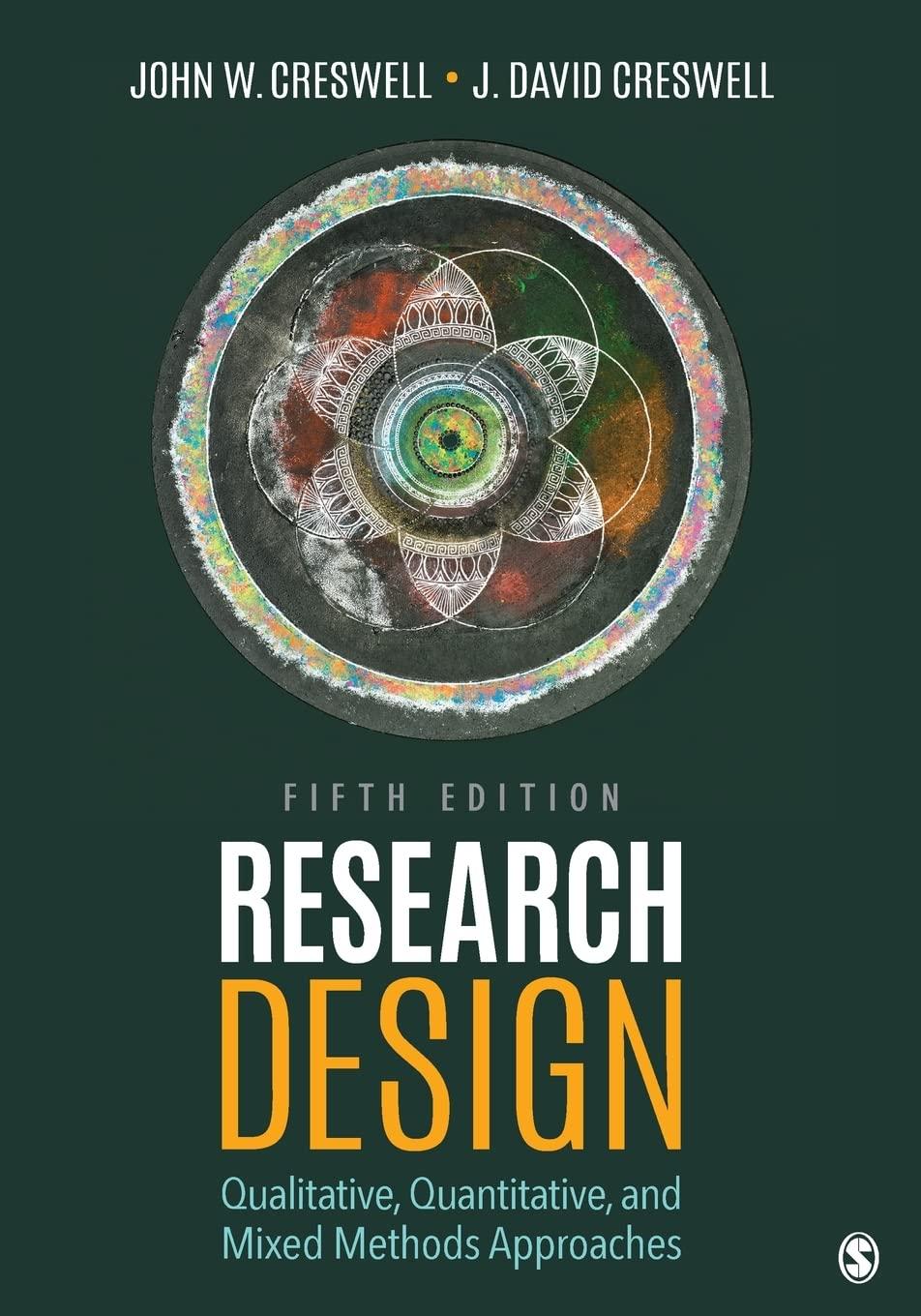Question
1. Relative purchasing power parity assumes that a. the nominal exchange rate is equal to one b. the nominal exchange rate is constant over time
1. Relative purchasing power parity assumes that
| a. | the nominal exchange rate is equal to one | |
| b. | the nominal exchange rate is constant over time | |
| c. | the real exchange rate is equal to one | |
| d. | the real exchange rate is constant over time |
2. Economic theory predicts that net exports are
| a. | positively related to the nominal exchange rate | |
| b. | inversely related to the nominal exchange rate | |
| c. | positively related to the real exchange rate | |
| d. | inversely related to the real exchange rate |
3. Relative PPP states that growth in the nominal exchange rate (E$/foreign currency) is equal to the U.S.-Foreign
| a. | money supply growth differential | |
| b. | interest rate differential | |
| c. | real GDP growth differential | |
| d. | inflation differential |
4. If a basket of goods costs 100 U.S. dollars in the U.S. and 200 U.S. dollars in Australia, thenU
| a. | the real exchange rate (qU.S./Australia) is equal to .5 | |
| b. | the real exchange rate (qU.S./Australia) is equal to 2 | |
| c. | the nominal exchange rate (EU.S./Australia) is equal to .5 | |
| d. | the nominal exchange rate (EU.S./Australia) is equal to 2 |
Step by Step Solution
There are 3 Steps involved in it
Step: 1

Get Instant Access to Expert-Tailored Solutions
See step-by-step solutions with expert insights and AI powered tools for academic success
Step: 2

Step: 3

Ace Your Homework with AI
Get the answers you need in no time with our AI-driven, step-by-step assistance
Get Started


